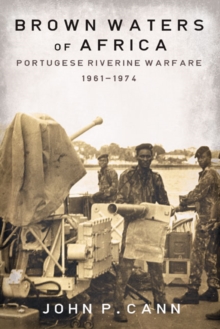
The History of the British Army Film and Photographic Unit in the Second World War Hardback
by Dr Fred McGlade
Part of the Helion Studies in Military History series
Hardback
Description
At the beginning of the Second World War the Nazi hierarchy had, at an early stage, fully recognised the importance of controlling the depiction of military conflict in order to ensure the continued morale of their combat troops by providing a bridge between the soldiers and their families.
Promoting the use of photographic record also allowed the Nazis to exercise control over negative depictions of the war.
In contrast, the British military and political decision makers were reluctant to embrace any potential propaganda benefits of film and photographic material in the build up to, and the early months, of the Second World War.
Military commanders in the field were conscious that their tactical blunders could be recorded on film and still photographs and made available to the British public.
Visions such as the First World War use of troops as fodder for machine guns and the ensuing mud-coated corpses of British troops were not the sort of record of the conflict that British generals in the field were willing to contemplate.
British politicians and their generals feared that a realistic presentation of the horror of war could have an adverse effect on recruiting.
The belated acceptance of the need for open reporting of the conflict meant that when it was finally accepted as useful the P.R.2 Section (Public Relations) at the War Office and the British Military found itself in a 'catch up' situation. Despite the disadvantages of such a slow start, the British combat cameramen grew in strength throughout the conflict, producing films such as Desert Victory, Tunisian Victory, Burma Victory, The True Glory and a huge stock of both cine and still material lodged as 'Crown Property' in the Imperial War Museum, London.
The British Army Film and Photographic Unit's material represents some of the most frequently used records of historical events and key figures of the period.
Based on memoirs, personal letters and interviews with the AFPU cameramen, this book reveals the development of the unit and tells the human story of men who used cameras as weapons of war.
Information
-
Only a few left - usually despatched within 24 hours
- Format:Hardback
- Pages:216 pages, 29 b/w photos
- Publisher:Helion & Company
- Publication Date:15/02/2013
- Category:
- ISBN:9781909384040
Other Formats
- Paperback / softback from £20.49
£59.95
£46.39
Information
-
Only a few left - usually despatched within 24 hours
- Format:Hardback
- Pages:216 pages, 29 b/w photos
- Publisher:Helion & Company
- Publication Date:15/02/2013
- Category:
- ISBN:9781909384040










